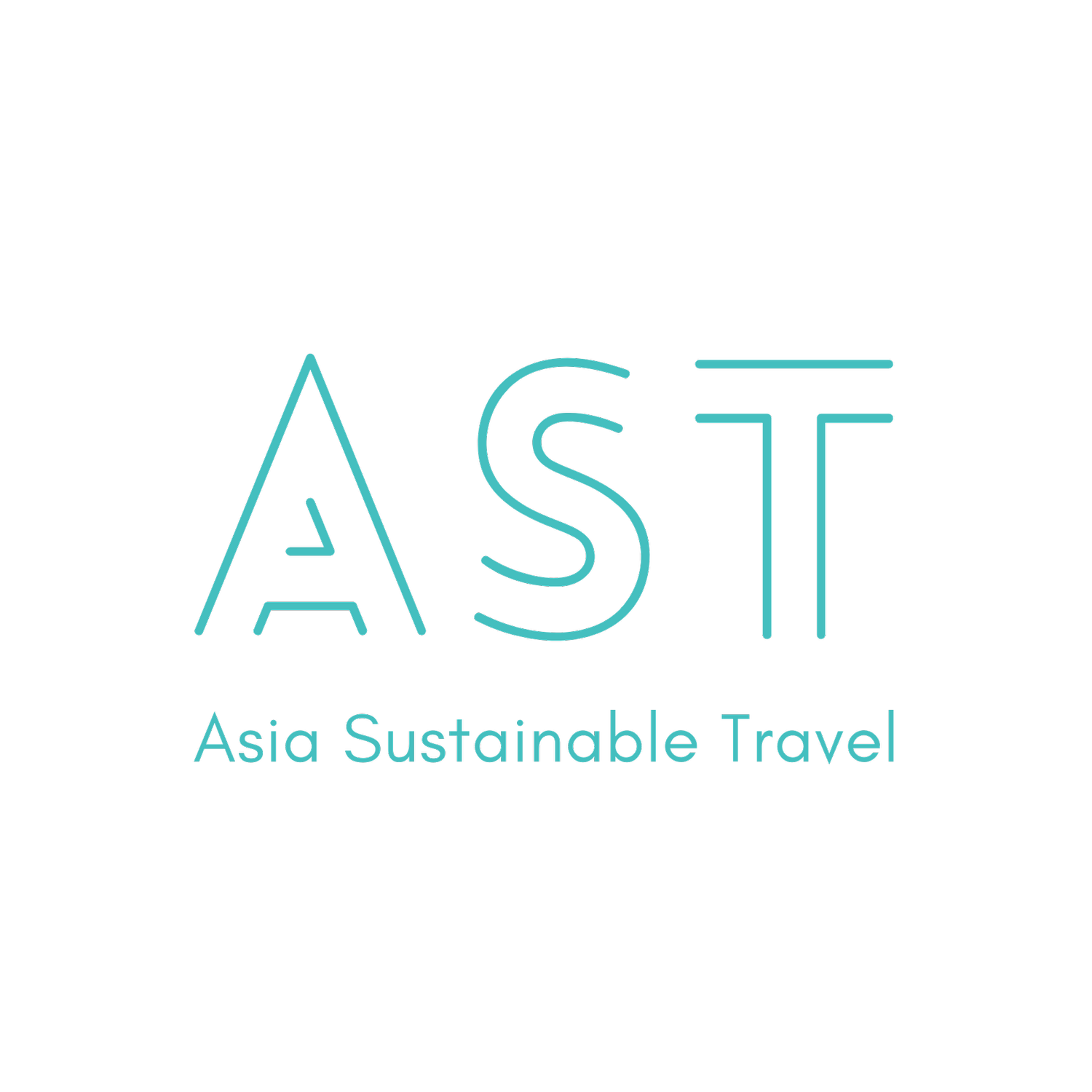Is ILTM Asia Pacific Ready to End ‘Beige-ification’ and Advance Sustainability?
Photo by ILTM APAC
Disclaimer: The author wrote this review based on information and briefings accessible to the press. For information about exhibitor and presenter requirements, please contact ILTM and Spotl1ght Communications.
Earlier this month, we had the opportunity to attend ILTM Asia Pacific in Singapore, our first time at one of the region’s most influential luxury travel trade shows. As a newcomer, we arrived curious: what stories would the industry’s biggest hospitality brands tell about the future of travel?
Held at Marina Bay Sands, Singapore, the 2025 edition brought together 740 luxury travel advisors and exhibitors for over 40,000 pre-scheduled meetings, a significant 12% growth from the prior year.
But beyond the polished networking lounges and celebratory metrics, we were encouraged to see something more substantive: a growing number of brands are beginning to embed sustainability into their narratives, design principles, and operational frameworks.
These efforts remain uneven, but they point to a sector in transition. The question is no longer whether sustainability belongs in luxury travel. It’s whether the industry and ILTM itself are prepared to move beyond aesthetic uniformity and take the lead in redefining luxury for a climate-conscious era.
In its Luxury Travel Report 2025, Preferred Travel Group coined the term “beige-ification” to describe the creeping sameness of luxury travel driven by and catered to algorithm-friendly visuals and safe, surface-level indulgences.
If that was the baseline, then ILTM Asia Pacific offered glimmers of what a more distinctive, purpose-driven future where innovation, climate action, and biodiversity stewardship could be woven into the very fabric of luxury.
Here are our top takeaways and reflections from ILTM Asia Pacific 2025, through the lens of a media outlet committed to championing sustainable travel in Asia.
A Wealth Boom with a Wellness Mandate
At the Opening Forum, Visa economist Dr. Simon Baptist pointed to a defining shift: nearly 50% of all new High-Net-Worth Individuals between 2025 and 2028 will come from Asia Pacific.
With this wealth comes a demand for meaning. According to ILTM’s own “Buzz vs. Reality” report, developed in partnership with Altiant, today’s affluent travellers are no longer content with superficial indulgence. They are increasingly seeking purposeful wellness, slower journeys, and immersive, intergenerational travel that aligns with their values.
Rethinking Wellness: Purpose, Not Pampering
Gone are the days when wellness meant a massage or detox weekend. ILTM’s report revealed data that speaks volumes:
77% of travelers now practice wellness weekly, which includes regular fitness regimen and holistic health treatments.
84% prioritize long-term wellbeing, e.g.longevity.
Over 65% are open to tech-based tools like AI diagnostics or smart rings.
These figures represent a redefinition of luxury as self-optimization and emotional grounding.
Opportunity for brands:
Replace cookie-cutter spa treatments with bespoke, culturally grounded journeys for example Ayurvedic diagnostics, herbal foraging, and ancestral healing. These experiences connect travelers to something larger than themselves.
Develop personalized, multi-dimensional wellness journeys that cater to all types of traveler from couples and families to solo guests.
The Nature-Tech Nexus
A second standout insight is that travelers could be open to experiences that intersect nature and tech, but not at the expense of personalization.
54% seek nature immersion
39% value health evaluations
65% receptive to wellness tech, if it enhances the experience, not overwhelms it.
Opportunity for brands:
Bring innovative and creative ideas to life, not in flashy gadgets, but in how hospitality integrates tech-enhanced, intelligent design that deepens the human-nature connection.
Brands Breaking the Beige Mold
At ILTM Asia Pacific’s Media Center, select brands unveiled their latest developments to attending media. While many showcased polished expressions of glossy luxury, a number of standout presentations offered thoughtful glimpses into how sustainability is being meaningfully integrated into high-end hospitality.
Here are the three brand presentations that caught our attention. All data and examples were provided by the brands.
1 Hotels: Nature as Signature
With sustainability at its core, the brand has diverted 75% of total waste from landfills across 30+ waste streams, recycled 4.4 million pounds of materials, offset 46,000 metric tons of CO₂ since launch, and planted 100,000 trees in 2024.
Its biophilic designs and sustainability training initiatives for staff further underscore an authentic commitment far beyond standard luxury hospitality offerings.
1 Hotels showcases an actionable blueprint for integrating sustainability at scale.

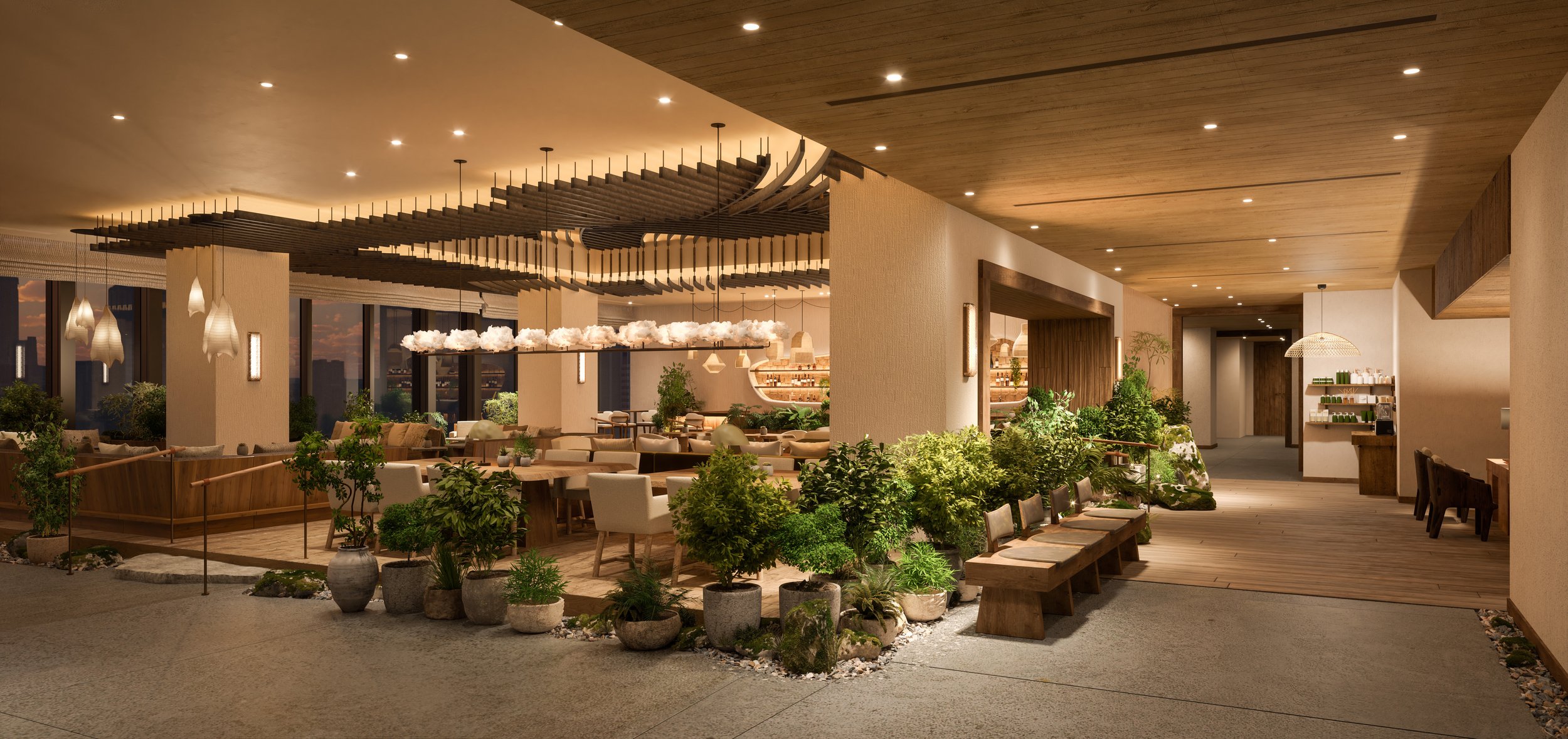

From left: Toni Stoeckl, Chief Marketing Officer of 1 Hotels speaking at ILTM Asia Pacific Media Center (Photo by ILTM), 1 Hotel Tokyo and 1 Hotel Sanya (Photos by 1 Hotels)
SLH: Personalization Meets Purpose
Small Luxury Hotels of the World (SLH)’s strategic portfolio growth by adding distinctly local, sustainable hotels across Asia Pacific contrasts sharply with generic luxury expansion strategies.
With 82 new signings in 2024 and 47 more in 2025, SLH is curating a portfolio of culturally resonant, independently owned, and characterful hotels across Asia and around the world.
The organization’s adherence to GSTC standards and tree-planting initiatives demonstrate a clear strategy that responds to travelers' demand for tangible and measurable impact.
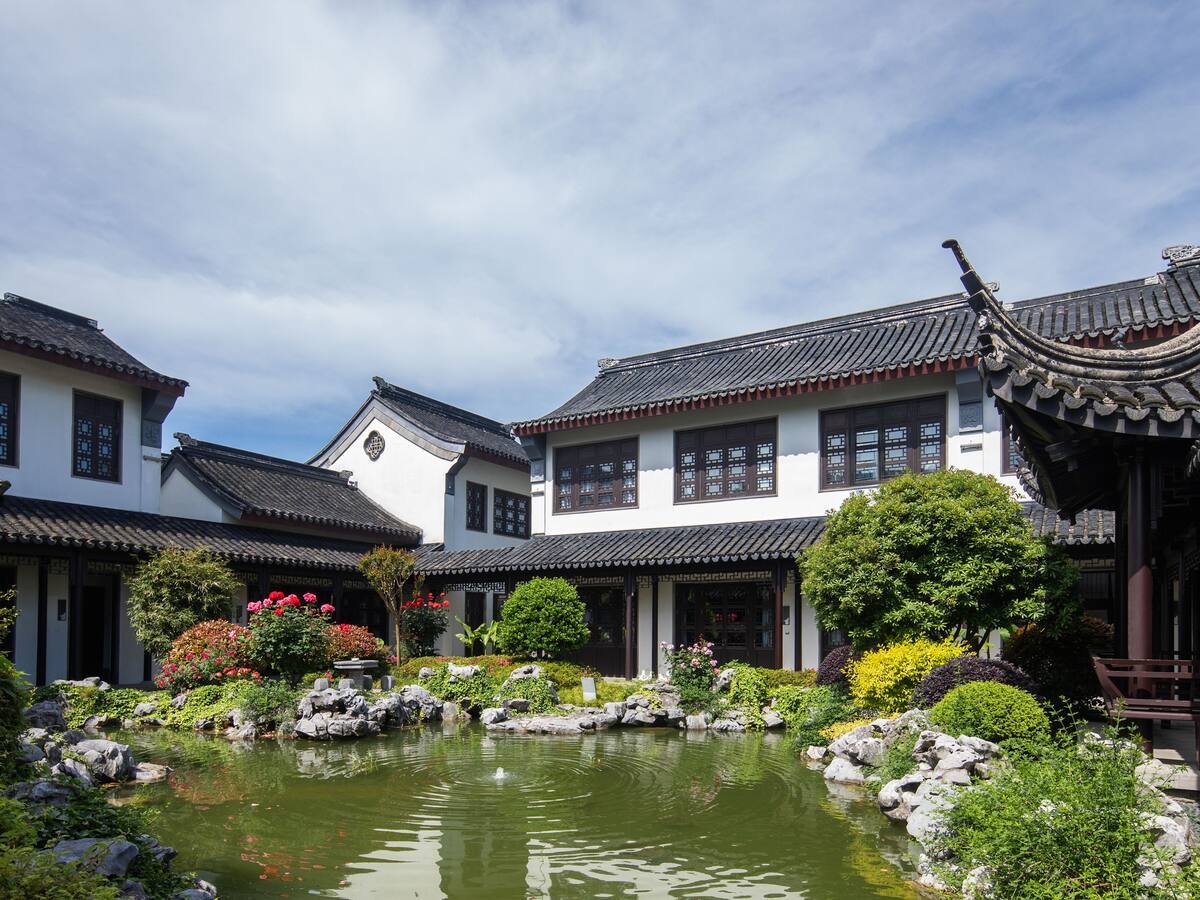
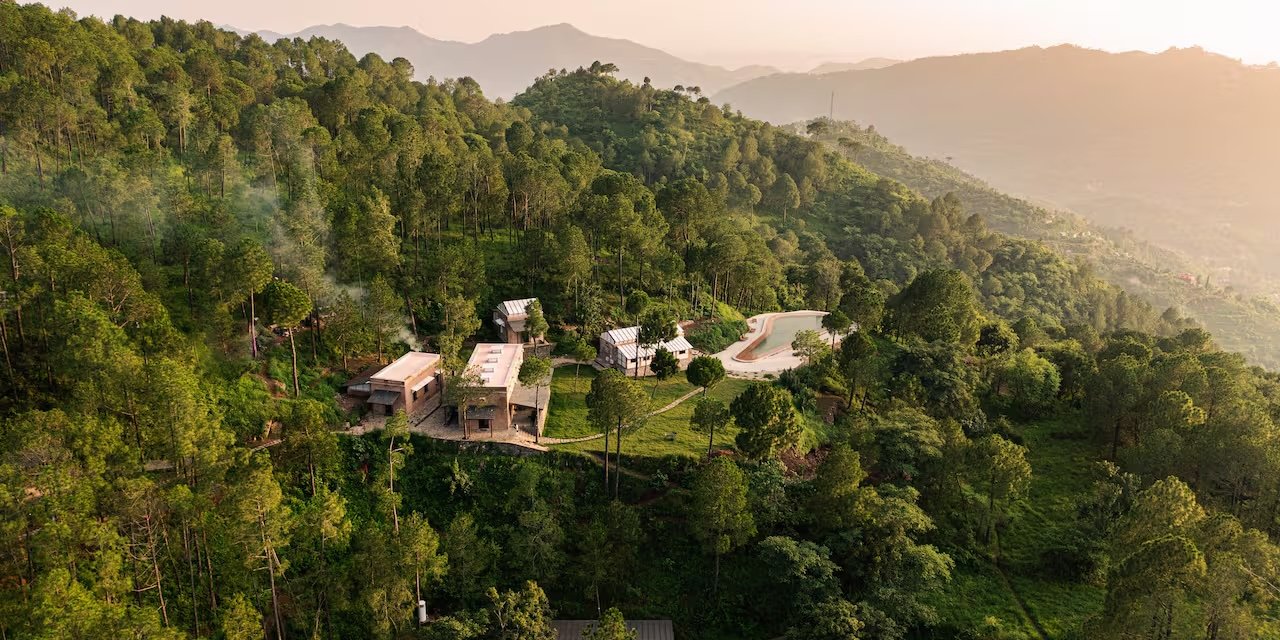
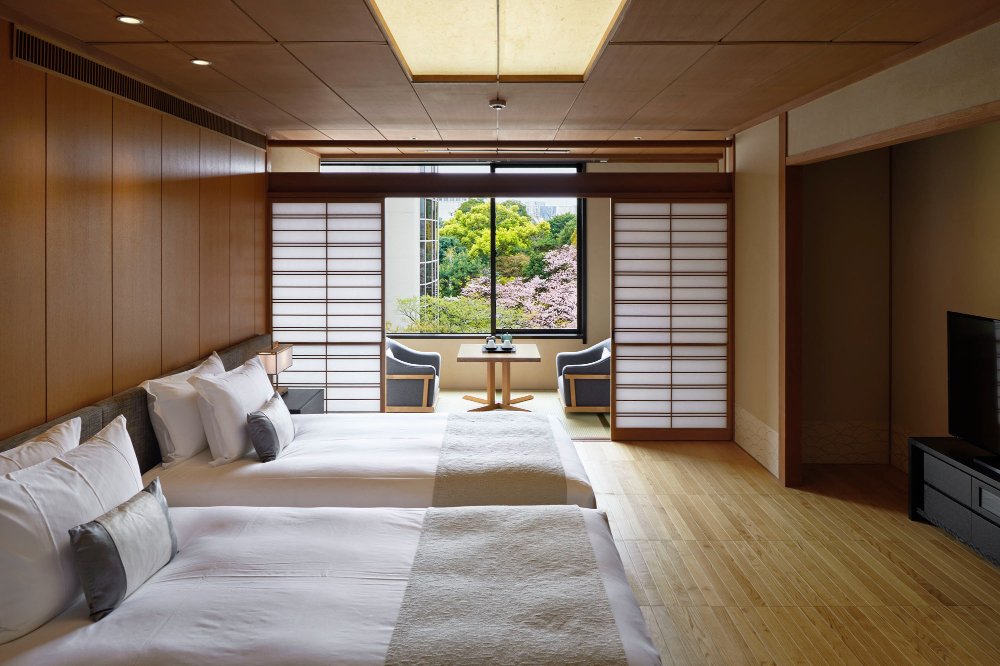
From left: The Hanyu Garden Reserve Suzhou (China), Amaya Himachal Pradesh (India), and Takanawa Hanakoho (Japan)
Preferred Travel Group: Ringing The Beige-ification Warning
Perhaps one of the boldest voices came from Preferred Travel Group: “sameness is your biggest risk.”
Its Luxury Travel Report 2025 found 72% of travellers won’t pay for luxury that looks like every other five-star resort post. Instead, they want “Legacy Moments,” experiences that are emotionally resonant, culturally rooted, and unmistakably local.
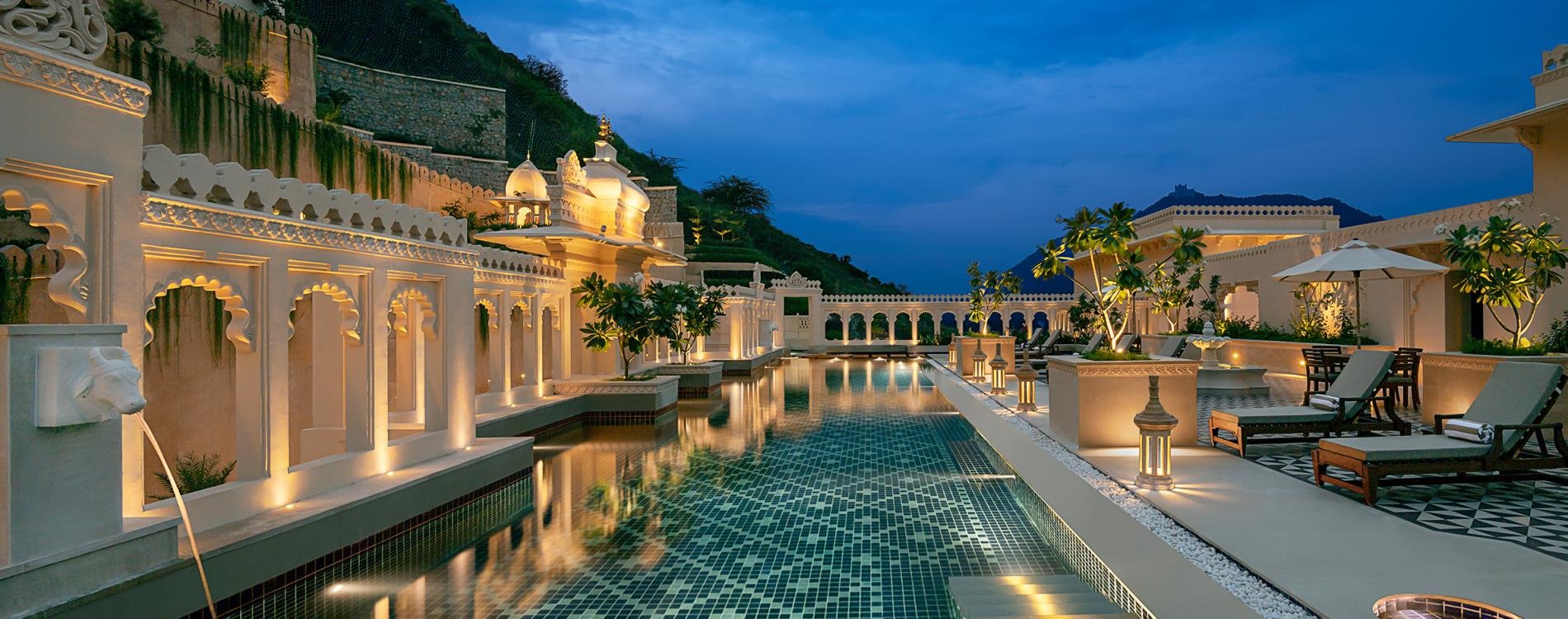

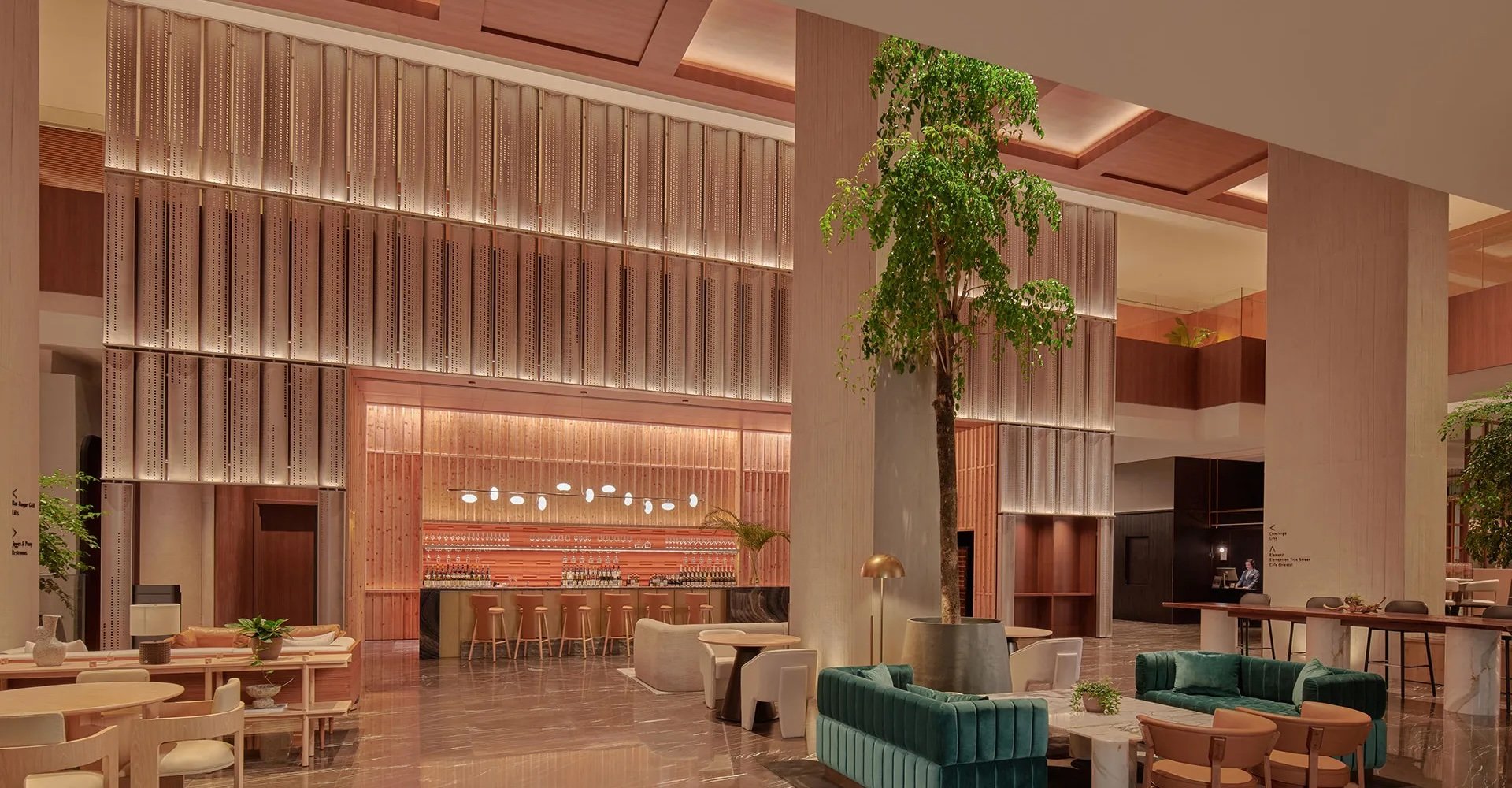
From left: Aurika Udaipur Luxury By Lemon Tree Hotels (India), Dusit Thani Bangkok (Thailand), Amara Singapore
Final Thoughts
While ILTM Asia Pacific continues to spotlight major international brands, and often prioritizes those with large-scale development announcements, the selection of stories tends to reflect media appeal and regional relevance more than sustainability impact.
Yet, with its scale, visibility, and convening power, ILTM is uniquely positioned to become a catalyst for a deeper, sustainability-led transformation in luxury travel.
By facilitating idea-sharing forums, supporting innovation hubs, and gently encouraging sustainability-first narratives, ILTM can help shift the industry’s compass toward a vision of luxury that is inclusive and aligned with the realities of the climate crisis.
ILTM can also lead by example by integrating stronger sustainability criteria for exhibitors, piloting carbon tracking for delegate travel, and integrating waste minimization across its operations.
